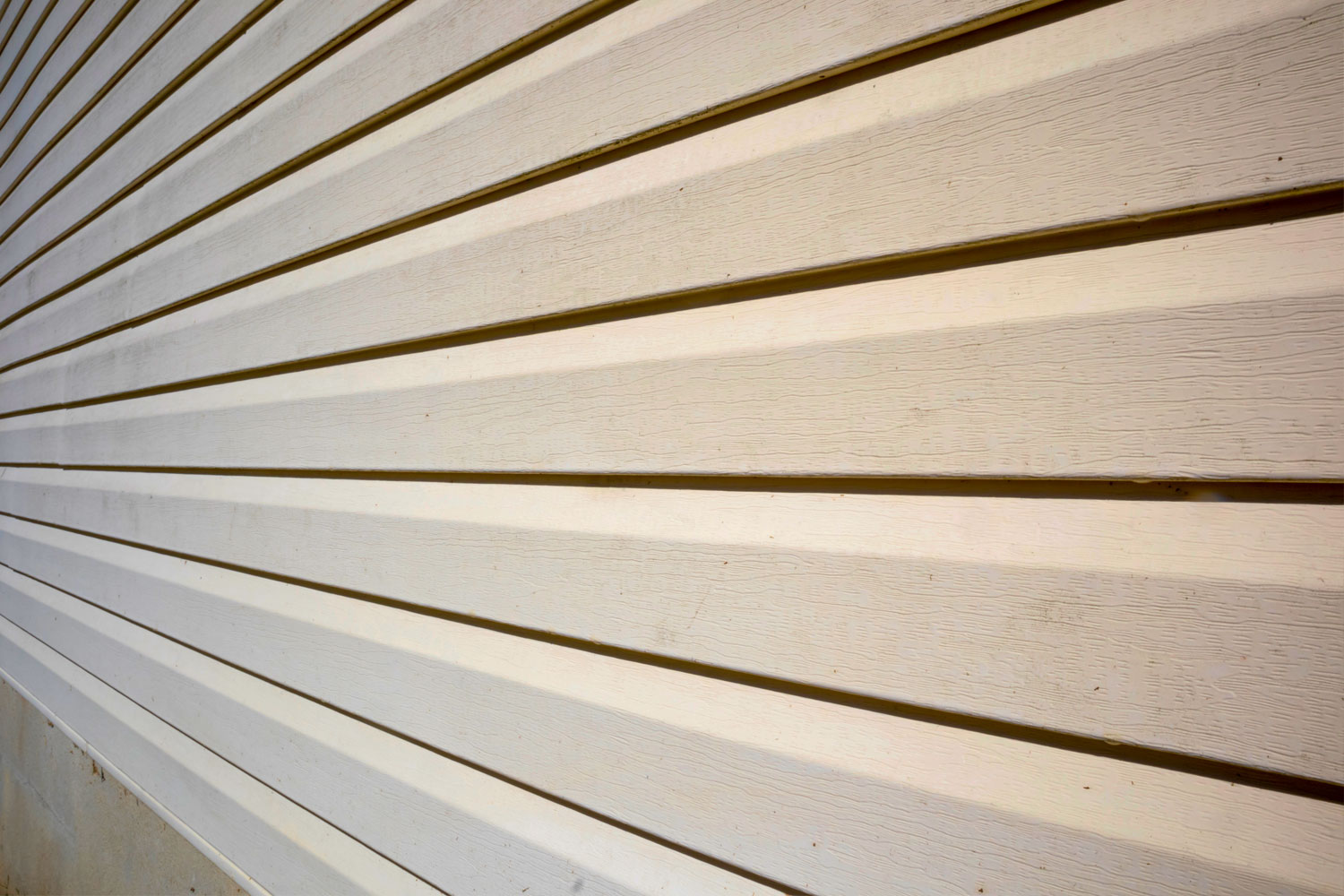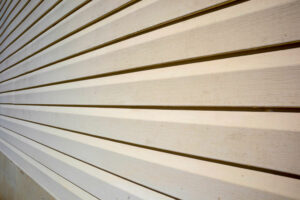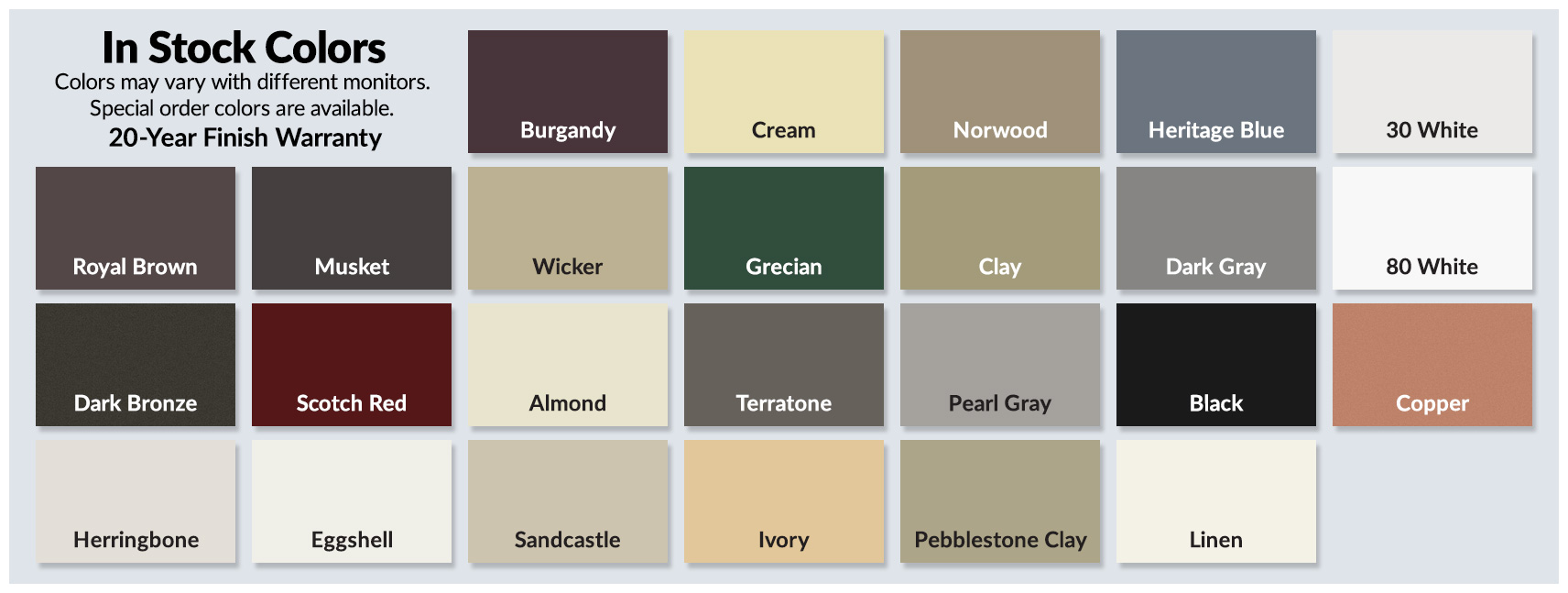
Is It Time To Replace My Siding?
It’s a question we hear frequently….how do I know if it’s time to replace my siding?
 You hear the crackling….you see the buckling….you turn a blind eye to the signs of mold forming here and there on your siding. So what, right? It’ll be fine.
You hear the crackling….you see the buckling….you turn a blind eye to the signs of mold forming here and there on your siding. So what, right? It’ll be fine.
No.
Siding protects your home from the elements. It’s as important as your roof when it comes to preventing structural damage from wind and rain, and it provides a critical barrier to large-scale pest invasions. Water damage to your home’s interior is the most significant and expensive consequence to neglecting your siding. Why allow the repair bills to stack into the thousands when a simple, bi-annual practice of inspecting your siding can allow you to address small problems before they balloon into large ones?
Replacement Siding Signs
What are some signs that it’s time to replace your siding? Some of them are crystal clear. Others? Not so much. It’s important to know all the signs and to schedule a visual siding inspection of your home each fall and spring. The best time to do it? Right now! Call (717) 367-6693
Sagging Siding
Sagging siding sounds innocent, but it’s not. Sagging siding is loose siding. This can be caused by myriad problems from poor installation (too loose or too tight), proximity to a heat source (like a grill), or improper water tightness in your home leading to moisture that weakens the siding’s integrity, causing it to loosen and sag.
Sagging siding can be more difficult to spot than missing or cracked siding, so we recommend using binoculars if inspecting from the ground or hiring a professional to take a close look at your entire house for you.
Cracks …. And Crackling
Cracked siding is often the result of impact. Maybe your kids are playing a little too fast and loose with that basketball or you’ve just weathered an early autumn hurricane with high winds. Any hard object that makes contact with your home has the potential to crack your siding. In our experience, cracked siding is the type of damage homeowners are most likely to overlook because it can appear as though only the top surface of the siding is damaged.
The truth is, cracked siding still exposes your home to the potential for damage from moisture and pests. It can also be the easiest and least expensive way to head off major problems in the future. If you call a professional early, the damaged area can be fixed, preventing a larger replacement project later.
As for crackling, that sound your home makes when the sun hits it and the siding begins to creak and pop, while that might seem like a comforting, normal sound, it can also indicate a problem. The snap, crackle, pop of your siding suggests either movement of your home and subsequent shifting of your siding or that the siding was installed too tightly or too loosely. Either way, call a professional for a formal assessment.
Dry Rot
If you have dry rot, do not delay, call a professional to inspect your siding and make a recommendation on next steps. Dry rot is a serious sign of trouble and if not remedied quickly will lead to long-term problems and expensive repairs.
What is dry rot? Dry rot occurs when moisture is allowed to repeatedly reach wooden structural elements of your home, like fascia, trim or the actual siding panels that help form your home’s framework. Dry rot leads to fungus which eats away at the wood. The result can be dangerous structural instability in your home.
Missing pieces of siding or ill-fitting siding can create conditions under which dry rot occurs. It’s easier to spot missing pieces of siding than it is to know if your siding was improperly installed and is considered to be “ill-fitting.” Signs of ill-fitting or carelessly installed siding include dips or rises in the siding from row to row (this means that it is not considered level). Missing end pieces or custom-fit pieces around doors and windows can also indicate improper installation. When inspecting your siding, pay careful attention to these details and if you spot them, scan for potential issues that lie under the surface…like the dreaded dry rot.
It’s time to inspect your siding!
What are you waiting for? It’s time to get out there and inspect your siding. If you’ve taken the time to visually inspect your roof, you need to pay as much attention to inspecting your siding. If you have any questions at all, call a professional to help you assess your home’s overall condition. If you’re in need of new siding, check out our Exterior Siding Buyer’s Guide.

